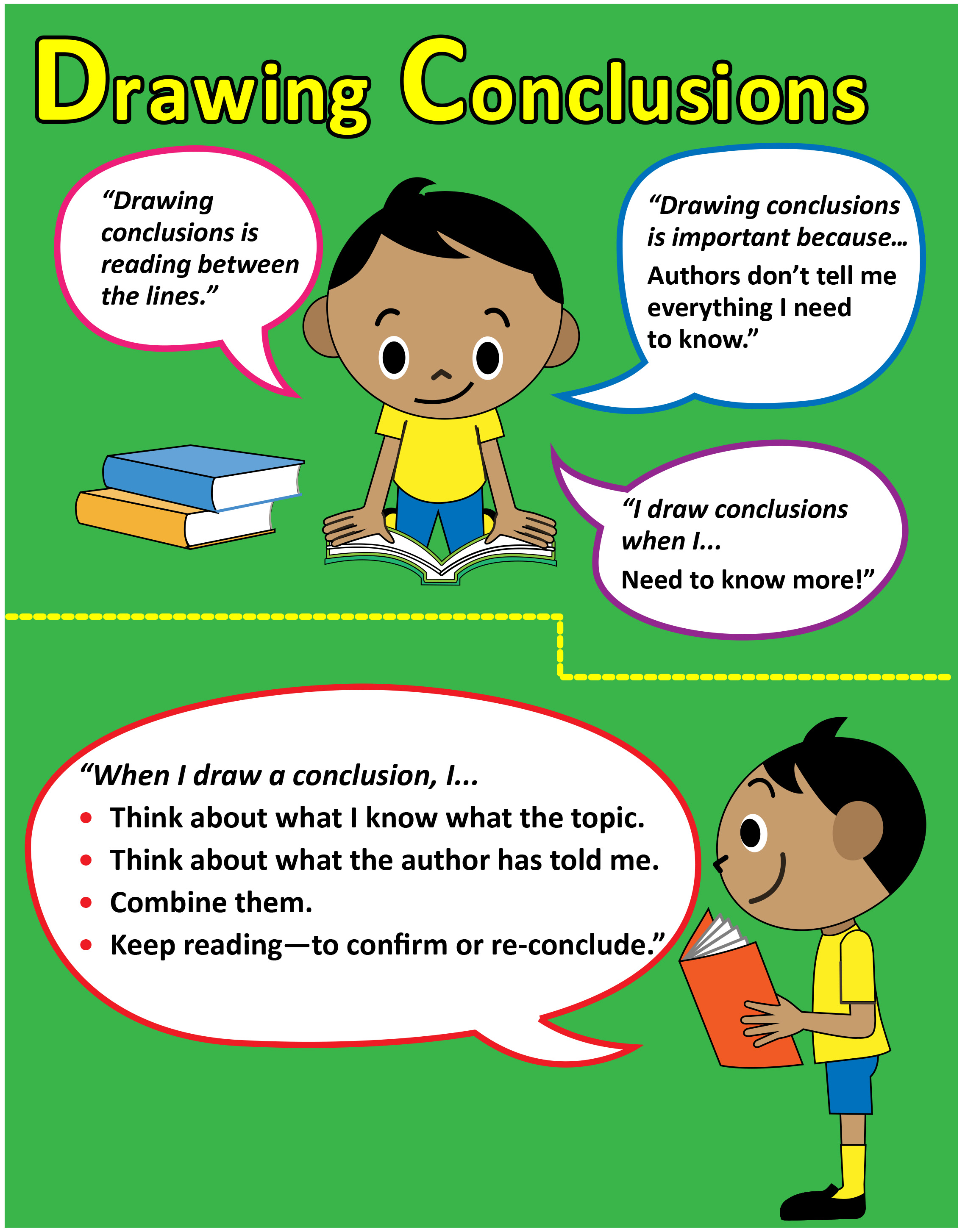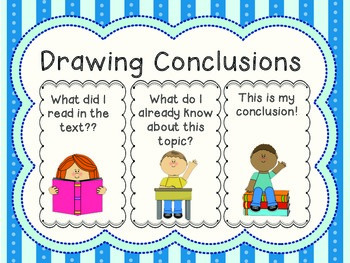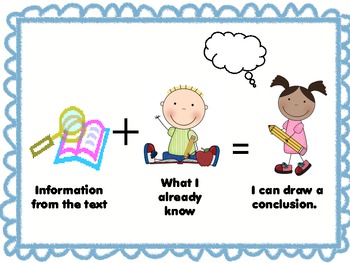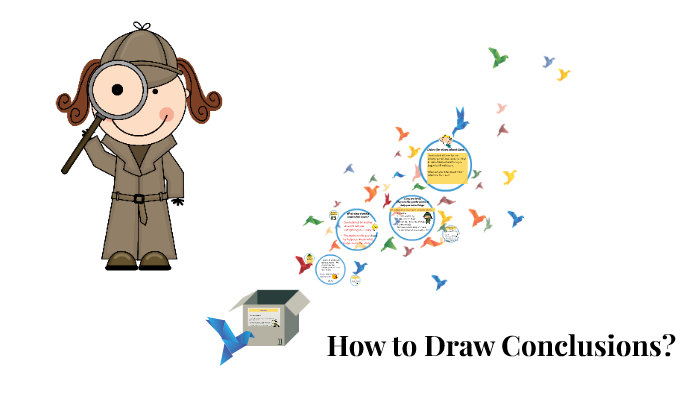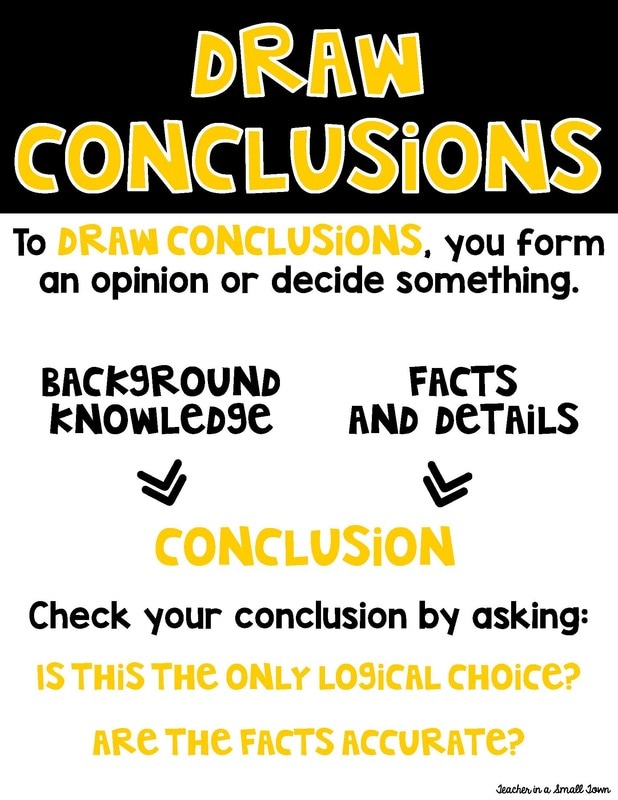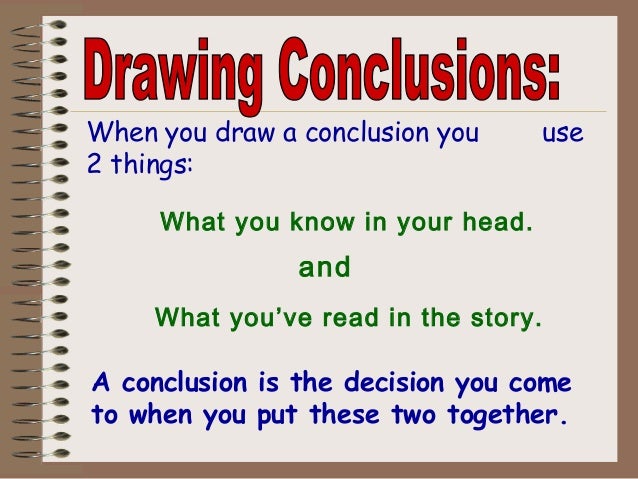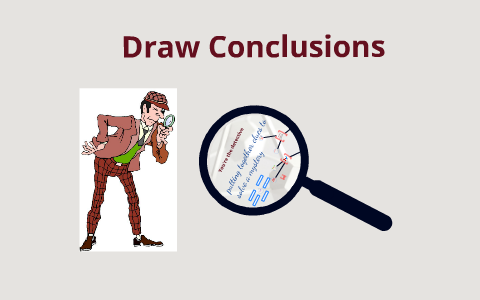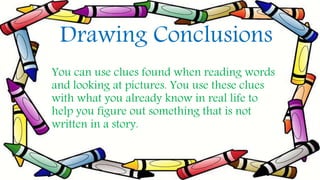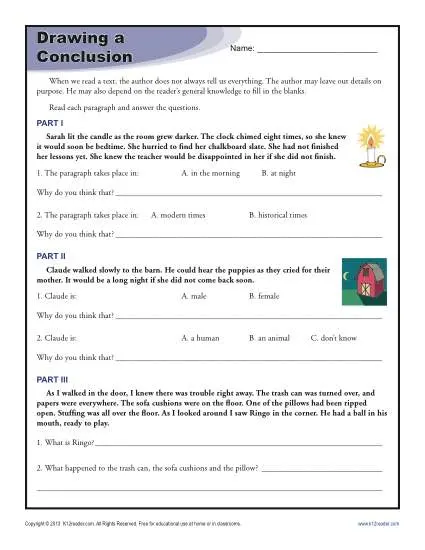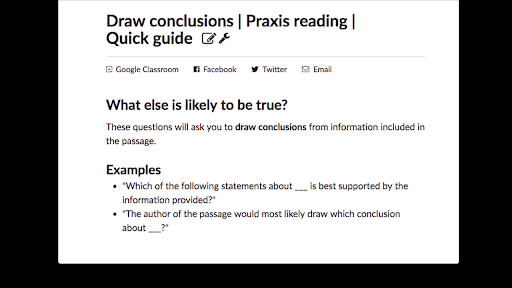Inspirating Info About How To Draw A Conclusion

Instead, you have to put together some puzzle pieces to figure them out.
How to draw a conclusion. A conclusion is always a guess, but it relies on evidence. It explains whether or not the results supported the original. The key to drawing a valid conclusion is to ensure that the deductive and inductive processes are correctly used, and that all steps of the scientific method were followed.
There may be a very old dog in. Drawing conclusions is an essential skill for comprehending fiction and informational texts. A conclusion is often separated into three key parts:
Usually it is possible to come to only one conclusion out of several possible. Take the example of a walk: Sum up the paper having.
The details provided or implied in the text the reader's prior knowledge and experiences Restate the problem the first task of your conclusion is to remind the reader of your research problem. A thesis, a summary of main ideas and a future focus (recommendation, prediction, solution).
To consider the facts of a situation and make a decision about what is true, correct, likely to…. Oftentimes, authors leave clues for the reader that can help you figure out certain information. Synonyms for draw a conclusion
Your conclusion should begin with the main question that your thesis or dissertation aimed to address. The hypothesis is a specific prediction about the outcome of an experiment that is used as the starting point for research. To draw a conclusion about a piece of writing, a reader must consider two things:
